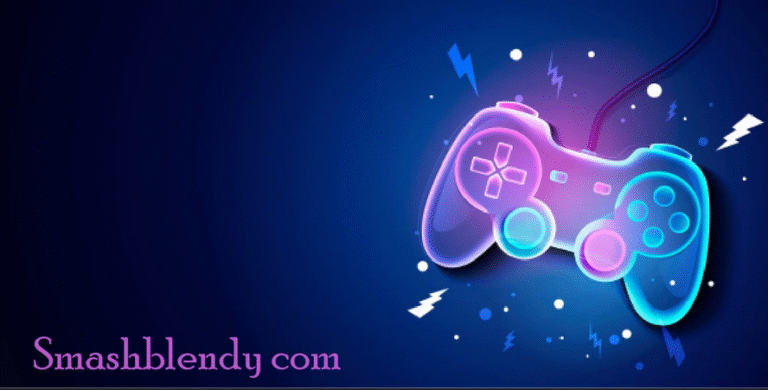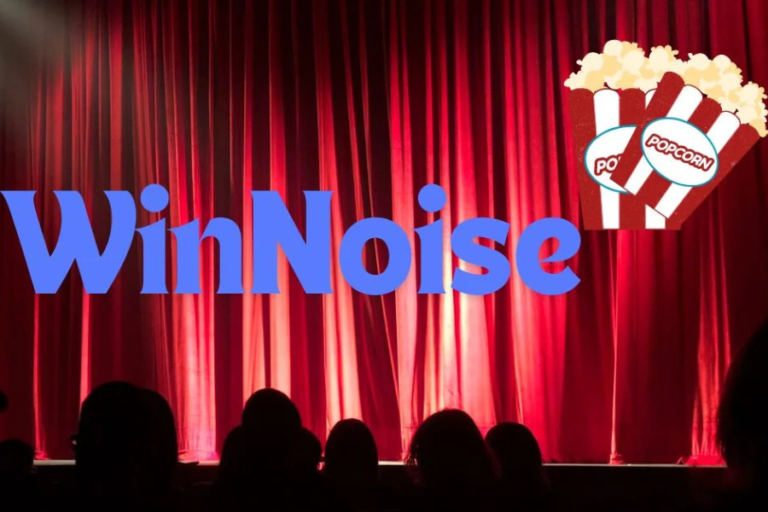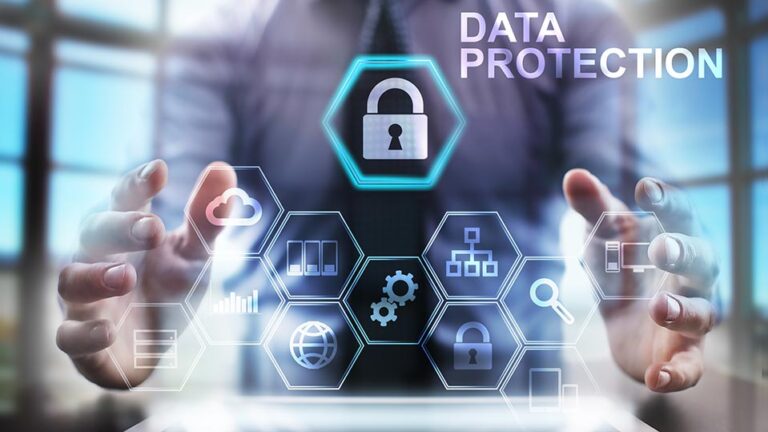
back casting room
Introduction
When we think of filmmaking, images of actors on set, cameras rolling, and elaborate movie sets often come to mind. Yet, the true foundation of cinematic storytelling often begins away from the lights and cameras—in a room where talent, creativity, and skill converge: the back casting room. This unassuming yet essential space plays a fundamental role in shaping the movies we love by giving actors, directors, and production teams a space to refine their art and capture the essence of their characters. Let’s delve into the intricacies of this room and uncover the hidden artistry behind the scenes.
The Essence of the Back Casting Room: Where Characters Are Born
The back casting room is a unique haven for actors, where they explore, experiment, and ultimately bring to life the roles they’ll play on screen. Unlike the bustling set, it offers a controlled environment where actors can take risks, make mistakes, and refine their performances. In this space, both seasoned actors and newcomers get the chance to dive deep into their characters, experiment with delivery, and uncover their characters’ nuances, which ultimately captivates audiences worldwide.
In the back casting room, directors work closely with actors to develop the perfect interpretation of a character, ensuring that each role fits seamlessly into the story. It’s where cinematic magic truly begins, as actors prepare for auditions, refine their techniques, and forge a bond with the characters that only the audience will later see.
Behind the Curtain: The Artistry of Back Casting
The back casting room offers an exclusive glimpse into the artistry behind film production. It’s here that actors and directors brainstorm, test different interpretations of scenes, and hone each performance through improvisation and meticulous script analysis. Actors are free to explore varied emotions and expressions, which often leads to discovering powerful and authentic performances that connect deeply with the audience.
This room isn’t merely a rehearsal space; it’s a collaborative environment where directors, actors, and casting professionals shape the building blocks of the movie. Each performance is fine-tuned and adjusted to fit the vision of the film, creating characters that will later resonate with audiences around the globe.
As one casting director puts it, “The back casting room is where we sow the seeds of cinematic magic. It’s a place of discovery, exploration, and a relentless pursuit of authenticity.”
The Purposeful Design of a Back Casting Room
The layout of a back casting room is designed to maximize functionality, comfort, and artistic flow. While it may not boast the glamour of a film set, its setup is practical and efficient, supporting everything from auditions to rehearsals. Different zones within the room cater to various needs:
The Performance Area: A designated space where actors can fully immerse themselves in their roles, showcasing their talent for directors and casting staff.
Equipment Zone: Outfitted with necessary tools like cameras, lighting equipment, and sound gear to capture each moment with precision.
Observation Area: A space for directors, casting agents, and other production team members to observe performances, offer feedback, and make critical casting decisions.
Every detail, from the lighting setup to equipment placement, is intentionally crafted to optimize the space for filmmaking activities. This meticulous design allows actors to comfortably explore their roles while the production team can effectively evaluate performances, all within the same environment.
As one producer shared, “The back casting room is where magic begins. It’s a place for casting our vision and finding the perfect actors who bring it to life.”
Essential Tools in the Back Casting Room: Tech Meets Artistry
The back casting room is equipped with technology that elevates the casting process and enables actors to deliver high-quality auditions. This fusion of technology and artistry provides a range of tools that aid actors and directors alike, ensuring seamless casting and role development.
Lighting and Camera Gear
Lighting plays a crucial role in highlighting actors’ expressions and creating the right atmosphere for auditions. Advanced lighting setups, like LED panels and spotlights, allow for varied lighting effects that help actors and directors visualize how a character might appear on the big screen.
Additionally, high-definition DSLR cameras and professional video cameras capture every detail of an audition, ensuring that the actor’s performance is documented with accuracy. By capturing performances in crisp detail, this equipment allows directors to review footage, make informed casting decisions, and guide actors towards an ideal portrayal of their characters.
Sound and Audio Setup
Sound quality is equally essential, particularly in capturing the nuances of an actor’s delivery. Equipped with professional-grade microphones, sound mixers, and headphones, the back casting room ensures clear and accurate audio. This setup allows actors to practice delivery and gain feedback on vocal performance, giving directors an authentic preview of how an actor’s voice and tone will contribute to their role.
Combining these elements, the back casting room becomes a convergence of art and technology, where actors receive all the tools needed to embody their characters fully.
The Unsung Heroes: The Film Crew Behind the Back Casting Room
While actors are often the focus in any production, it’s the dedicated crew in the back casting room who bring it all together. From technical expertise to creative guidance, each member of this team plays a critical role in making casting and character development seamless.
Key Roles in the Back Casting Room Team
Casting Director: Responsible for identifying and selecting actors who fit each role’s requirements and working closely with them to capture the director’s vision.
Casting Assistants: Manage logistics, scheduling, and coordinate the smooth flow of the casting process.
Camera Operators: Skilled in capturing the finest details of each performance, ensuring that every moment is documented with accuracy.
Lighting Technicians: Adjust and manage lighting to enhance the mood and bring out the best in each audition.
Sound Engineers: Ensure clear, high-quality audio that enhances the actor’s performance.
Production Assistants: Handle administrative and practical tasks, ensuring the back casting room operates efficiently.
This crew is a fundamental part of the production team, contributing tirelessly behind the scenes to the artistic and technical success of the film. Without their expertise, the back casting room’s efficiency and impact would be lost.
As one director aptly put it, “The back casting room is where the real work happens. This team helps us find diamonds in the rough and mold them into the stars that captivate audiences.”
Maintaining Respect and Focus: Back Casting Room Etiquette
The back casting room demands a respectful and professional atmosphere to maximize creativity and efficiency. Adhering to these guidelines ensures that the space remains conducive to focused work and respectful collaboration:
Silence and Concentration: Refrain from unnecessary noise and distractions, allowing actors and crew to focus fully on their work.
Timeliness: Arrive on time, prepared to work, and avoid disrupting the workflow.
Professionalism: Show respect for others, whether by observing quietly or offering constructive feedback.
Equipment Familiarity: Understand the layout and equipment to facilitate a smooth workflow.
Team Support: Foster a collaborative environment, offering help when needed.
Following these standards enables actors and crew alike to work harmoniously, ensuring that the back casting room serves its purpose in the filmmaking process.
Evolving with Technology and Diversity: The Future of Back Casting Rooms
The back casting room has long been a cornerstone of filmmaking, but with advancements in technology and shifts in industry values, it is continually evolving.
Technological Innovation in Casting
Virtual reality and AI-driven tools are making their way into casting, transforming how actors prepare and interact with their roles. VR technology allows actors to immerse themselves in simulated environments, while AI aids in analyzing and organizing casting footage, speeding up the casting process. These innovations not only streamline workflow but open up creative possibilities, allowing actors and directors to explore roles in new ways.
Championing Diversity and Inclusion
With a growing emphasis on diversity and representation, casting rooms are now actively working to bring in talent from varied backgrounds. This commitment to inclusivity brings fresh perspectives to the screen, allowing filmmakers to tell richer, more relatable stories that reflect the world’s diversity.
Conclusion
The back casting room may not have the glamour of the film set, but it remains one of the most important spaces in filmmaking. It’s here that the initial sparks of character development and story come to life, where talented actors, directors, and a committed crew build the foundation for unforgettable performances. Through technological advancements and a dedication to inclusivity, the back casting room continues to evolve, ensuring that it remains at the heart of cinematic creation.
From intense auditions to the final tweaks of character portrayal, this room is a quiet yet powerful force behind every beloved movie. The next time we watch a powerful performance on screen, we’ll know it began in a simple, dedicated space—the back casting room, where movie magic truly starts.
FAQs
1. What is a back casting room?
A back casting room is a specialized space where actors and filmmakers work behind the scenes to bring characters to life. It’s equipped with tools and spaces that facilitate auditions, rehearsals, and character development, playing a crucial role in setting the foundation for movie production.
2. Why is the back casting room important in film production?
The back casting room is essential as it provides a space where actors can delve deeply into their roles, and directors can assess and refine casting choices. This room lays the groundwork for unforgettable performances and helps ensure that casting decisions align with the movie’s vision.
3. What equipment is commonly found in a back casting room?
A back casting room typically includes high-quality lighting, cameras, sound equipment, and various tools for filming and rehearsals. Specific zones are dedicated to performance, equipment storage, and observation to facilitate efficient workflows and provide essential feedback.
4. How do actors use the back casting room to prepare for roles?
Actors use the back casting room to study scripts, explore character depth, and experiment with different emotions and mannerisms. It’s a place where they can refine their approach to a role, often under the guidance of casting directors and other crew members.
5. Who are the key personnel working in a back casting room?
Key personnel include casting directors, casting assistants, camera operators, lighting technicians, sound engineers, and production assistants. Each role contributes to creating an environment where actors can perform at their best and the casting process runs smoothly.
6. What role does technology play in a modern back casting room?
Modern back casting rooms often utilize advanced technology, such as high-definition cameras, virtual reality tools for immersive auditions, and AI for enhanced casting efficiency. These innovations enhance both the quality of casting and the creative flexibility available to directors and actors.
7. How does the back casting room contribute to diversity and inclusion in film?
The back casting room is increasingly a hub for promoting diversity in film. With more inclusive casting practices, these spaces allow directors to discover talent from diverse backgrounds, which contributes to richer storytelling and more representative on-screen characters.
8. What is the etiquette for working in a back casting room?
Professionalism is key in a back casting room. This means being punctual, respectful, avoiding distractions, and maintaining a focused environment. Observing proper etiquette allows the production team and actors to work efficiently, fostering a collaborative and productive atmosphere.
9. How is a back casting room different from a film set?
While a film set is where the actual scenes are shot, a back casting room is primarily a preparatory space. It’s dedicated to character development, casting, and rehearsals before filming begins, making it integral to setting the stage for a successful production.
10. Will back casting rooms evolve in the future?
Yes, the future of back casting rooms looks promising, with continued advancements in technology like virtual and augmented reality, as well as AI. These innovations are likely to further streamline the casting process, making it more efficient and inclusive, while supporting creative experimentation for directors and actors alike.
Uncover juicy celebrity rumors and entertainment updates on chicagoreader..





